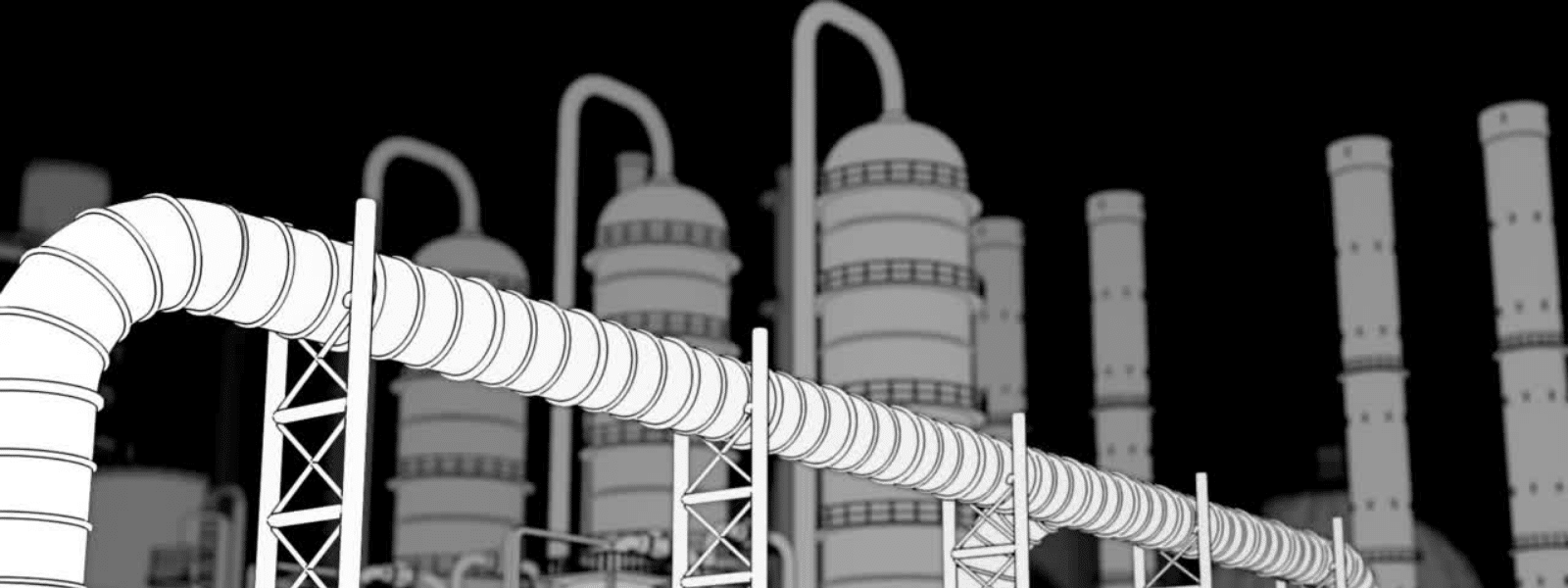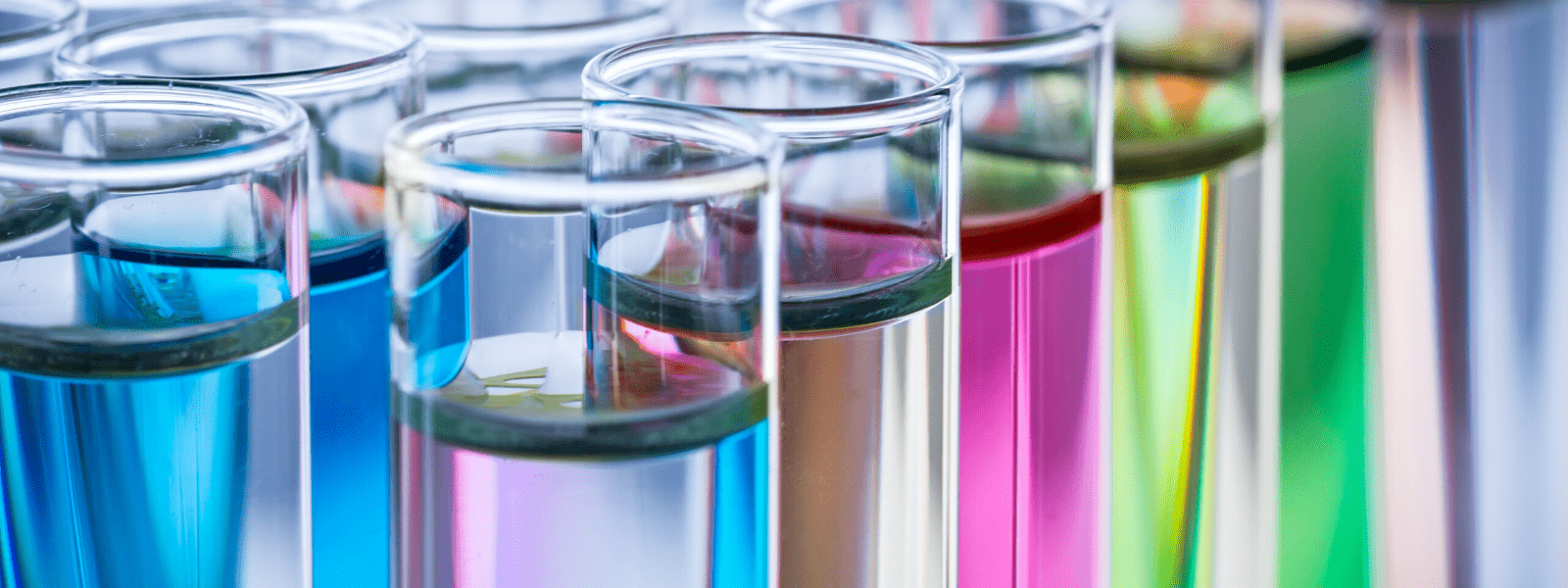Hydrofluorocarbons present may have emissions properties that are not ideal for the environment. Hydrofluoroethers on the other hand have properties that promote eco-friendliness. Keep reading below to learn more about hydrofluorocarbons versus hydrofluoroethers....








